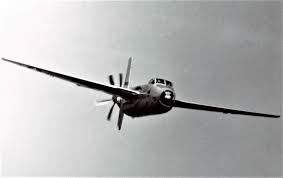Manufacturer Boeing is continuing to shroud its US Army Future Attack Reconnaissance Aircraft (FARA) proposal in secrecy, on grounds that any other strategy would risk giving up commercially sensitive design specifications and associated technology to another competitor.
Despite all other industry participants having made their offers and designs public, Boeing has consistently taken a different approach and ahead of a downselect decision in March 2020, when the field will be cut to two for a final design and build stage, it remains unclear if the OEM will eventually unveil the aircraft in question.
Boeing's prototyping subsidiary Phantom Works is heavily involved in the campaign, on hand to support rapid prototyping and technology maturation for the FARA platform.
'We are typically involved when there's a clean sheet opportunity, a brand new requirement or a combination of requirements coming together that necessitate a new capability,' Mark Cherry, VP, general manager of Phantom Works said.
The organisation is also capable of developing digital designs at speed, in order to reduce production time frames, he made clear.
Like all other competitors, Boeing's design has already met a host of mandatory items including a minimum cruise airspeed of 180kt, maximum 40ft rotor disc criteria, max gross weight of 14,000lb (6,350kg), and is 'acutely focused' on other key items such as sustainment strartegies, data reliabilty, affordability and maintainability, according to Shane Openshaw, FARA programme manager at Boeing.
Aside from those general areas, it remains unclear exactly how Boeing is investing its FARA funding of $772 million, underwritten by an Other Transaction Authority contract and awarded by the US Army in April.
'At this point I can't [talk about how the money is being spent],' Openshaw said, though did clarify that some had been used to fund initial design review risk reduction activities.
During AUSA competitor Sikorsky released a rendering of its FARA proposal - Raider X - a variation of its in-development S-97 Raider and for which it has been given $938 million.
Manufacturer Boeing is continuing to shroud its US Army Future Attack Reconnaissance Aircraft (FARA) proposal in secrecy, on grounds that any other strategy would risk …
www.shephardmedia.com


